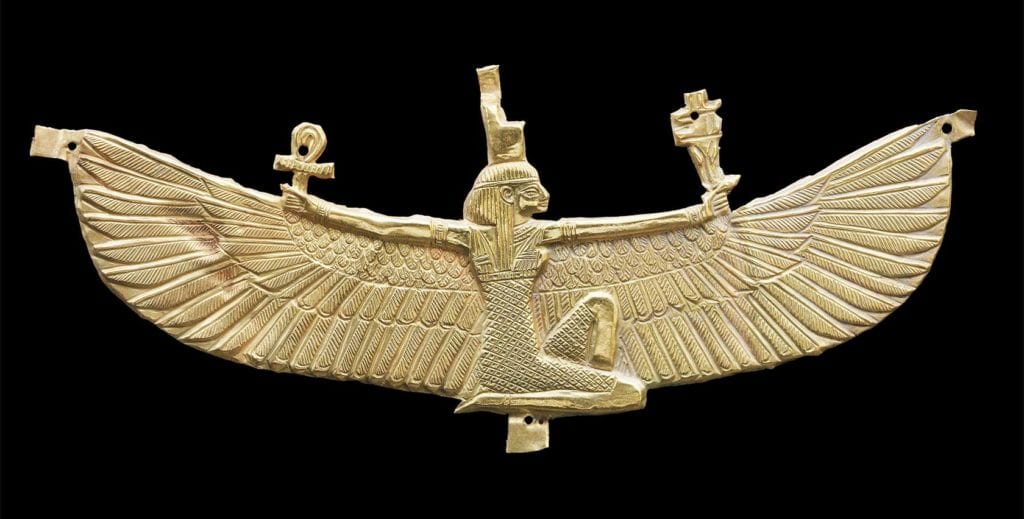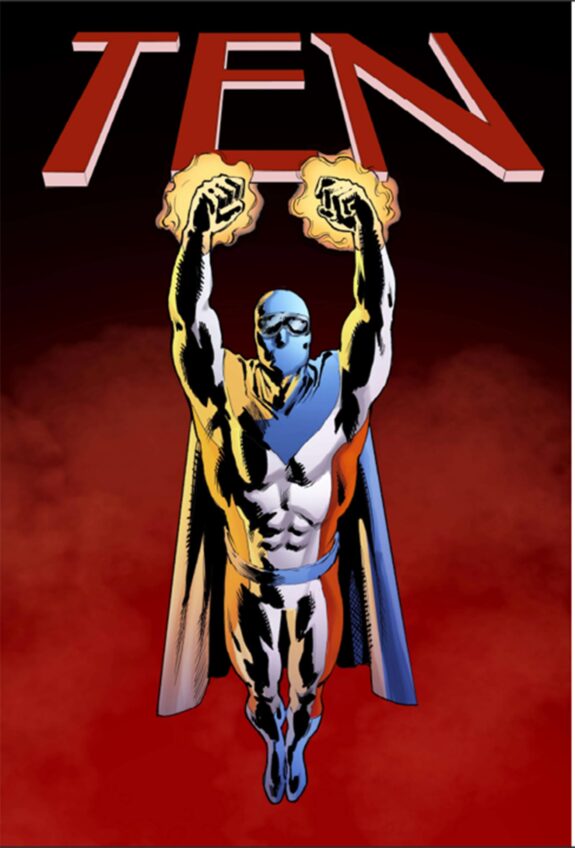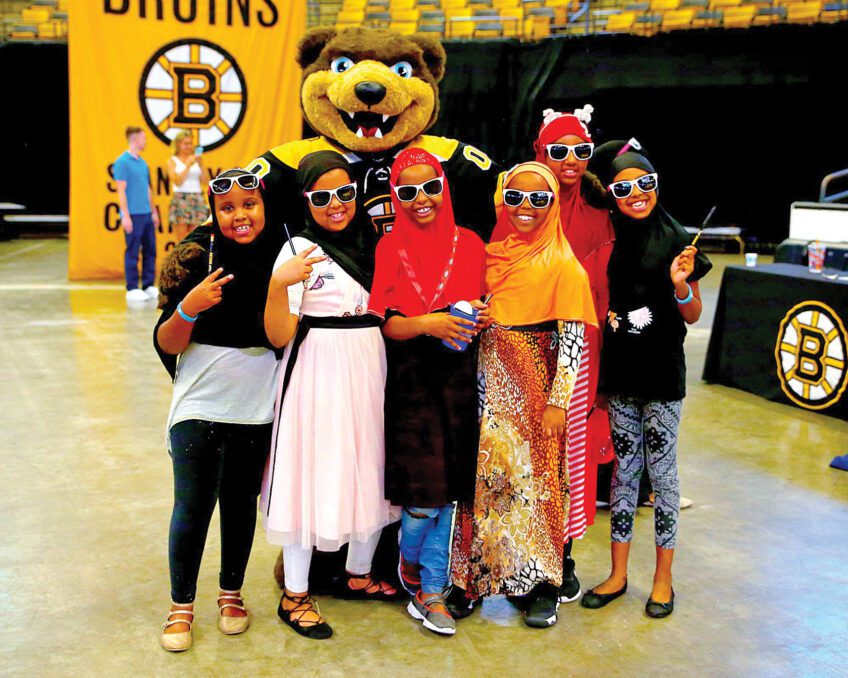‘Ancient Nubia Now’ at MFA
Exhibit reveals sophistication and power of lost civilization

Ancient Nubia was a civilization producing revolutionary artistry and innovation for over 3,000 years along the Nile Valley. Now, a sliver of that majesty is on view at the Museum of Fine Arts in “Ancient Nubia Now,” showing through Jan. 20, 2020. The exhibition uses more than 400 objects solely from the MFA’s collection to articulate the sophistication and power of the lost civilization.
Organized geographically to highlight the different kingdoms that fell under the Nubian name, the show provides as much anthropological information as aesthetic beauty. The Nubians left behind few written records, but there is a lot to be learned from the carefully crafted objects that remain.
For example, Egyptians and Nubians are known for having a centuries-old rivalry, but the “Loincloth of Maiherperi” illustrates that individual Nubians could become quite esteemed in Egyptian society. Maiherperi was one of the few non-royal individuals buried in the Egyptian Valley of the Kings, but the amazingly well-preserved gazelle skin loincloth marks him as Nubian. Leather loincloths were painted in tombs as a symbol of both Nubians and soldiers. From his burial placement, it’s clear that despite his Nubian background, Maiherperi was an esteemed member of the Egyptian world.
These kinds of stories are key in the exhibition, which seeks to reevaluate Nubian history. Most of the historical record of Nubian society was created by the Egyptians, their enemies, and much other information was provided by Western archeologists bringing their own cultural biases to the project. Indeed, the reason the MFA has the largest collection of Nubian artwork outside Africa is because of a Harvard-MFA expedition to northern Sudan in the early 20th century. Though there is no discussion of redistributing these assets, the MFA is making a conscious effort to address this murky provenance and interpretation in “Ancient Nubia Now.”
In this contemporary context, the show is not just about illustrating history; it’s about reclaiming it. “’Ancient Nubia’ challenges racist colonial representations of Nubia … that have plagued its heritage for a long time,” says Edmund Barry Gaither, director and curator of the Museum of the National Center of Afro-American Artists. “This exhibition offers an opportunity to delve into these relationships that are often shown in caricature.”
In this reclamation, accessibility is key. Any students visiting the ancient Egyptian galleries on a guided tour will be given four free adult admission passes so they can return with their families and caregivers free of charge. Visitors under 17 years of age are always allowed free admission; the four passes will permit adult visitors in through Jan. 20. The museum will also be distributing passes to all schools in the City of Boston for sixth-grade students and their families as a tie-in with the Massachusetts social studies curriculum that includes Nubia and Egypt.
“This exhibition explores Nubia’s story, including some of the ways it’s been obscured over the years,” says MFA Director Matthew Teitelbaum. “As a museum, we ask, How do we give voice? How do we celebrate?”







